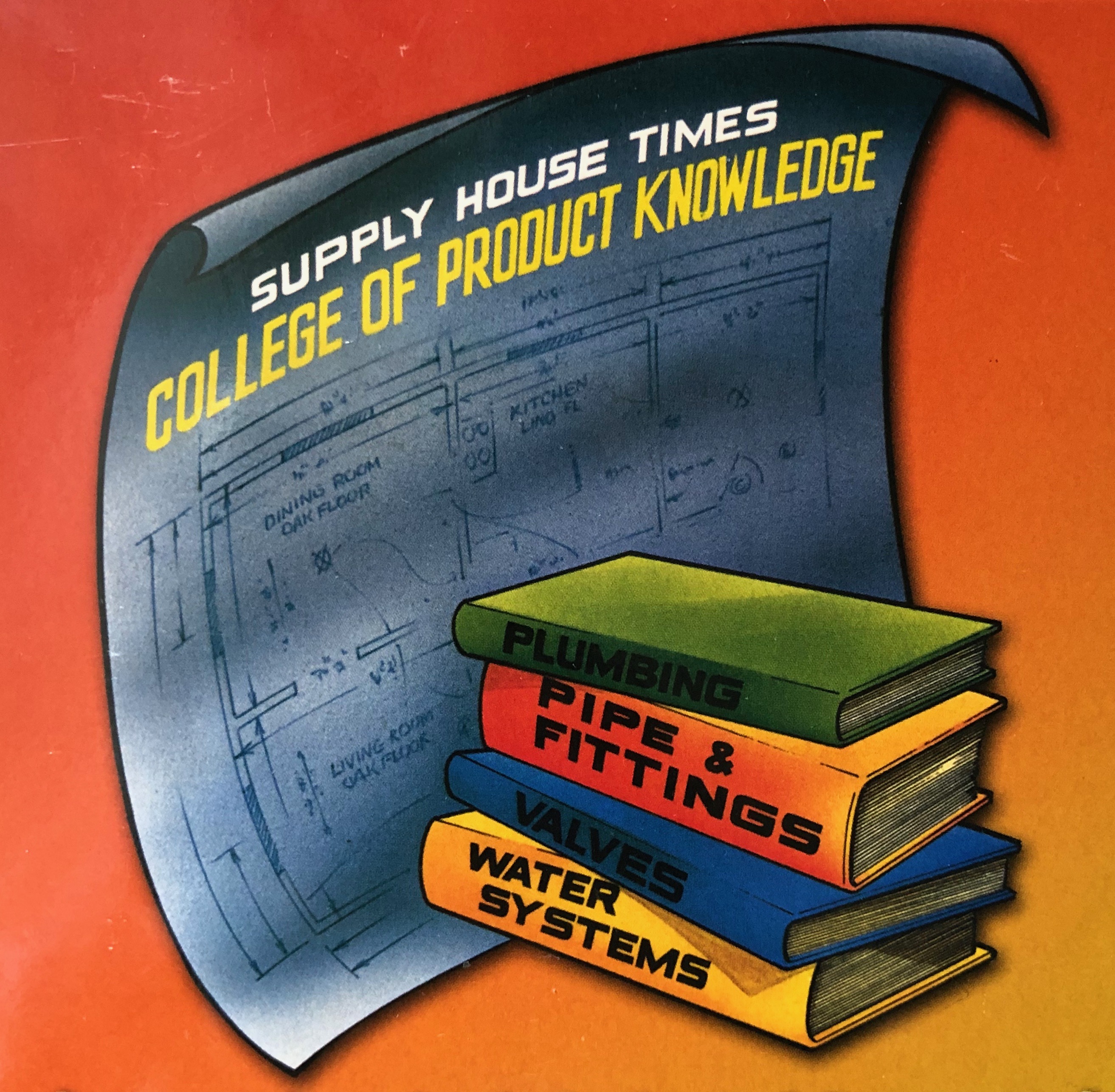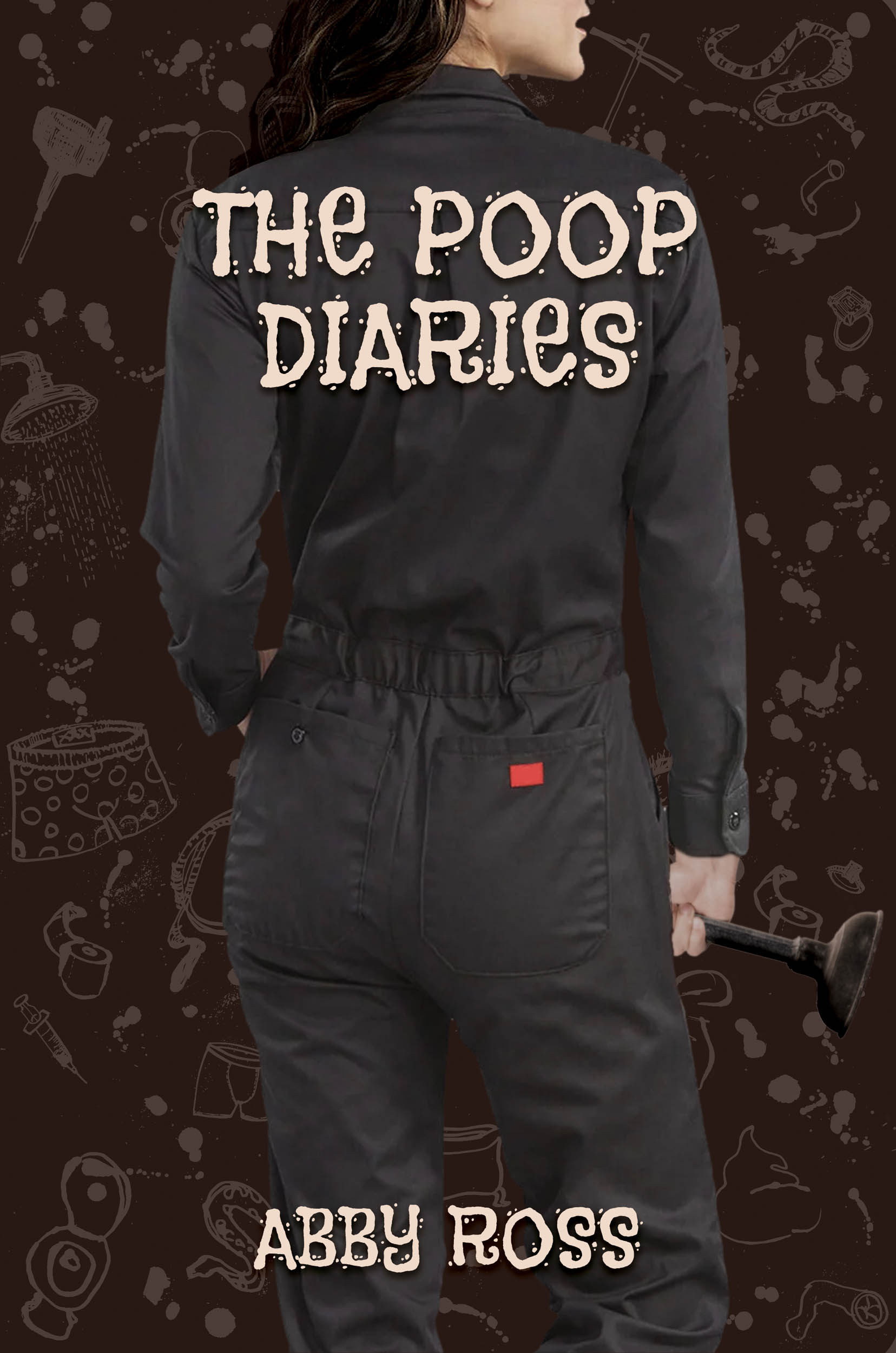The importance of emergency eye-wash stations
Vision plan

When safety glasses and protective clothing fail to protect, immediate flushing of the eyes and skin is imperative. It is crucial for facilities to have an emergency plan in place with the appropriate plumbed emergency fixtures correctly installed and ready to be immediately activated.
Jobsite assessment
The placement of plumbed emergency equipment begins with a complete jobsite evaluation to identify high-risk areas and potential hazards. These evaluations should be conducted yearly to identify changes relative to site conditions or hazards and to ensure emergency equipment is in good condition.
First, determine the type of protection that is needed. Some facilities may have a particulate risk with grinding, sanding or machining operations in which plumbed or portable eyewash units are needed. If chemicals are used, a worker could be splashed with a corrosive chemical or be exposed to a chemical vapor and therefore need access to a drench shower to rinse his or her entire body.
Review the Material Safety Data Sheet for the hazard to ensure proper product selection, or consult a safety or health advisor during the product-selection process. It also is essential to reference ANSI Z358.1 emergency equipment standard for equipment
installation, testing, performance, maintenance, training and use.
Types of equipment
After identifying potential hazards, the facility’s emergency eyewash and drench shower needs should be assessed. In general:
Emergency eyewash stations:Effective for spills, splashes, dust or debris likely to affect only the eyes. Provides a controlled, uninterrupted and simultaneous flow of water to both eyes.
Emergency eyewash/face-wash stations:Used when the entire face is at risk from spills, splashes, dust and debris. Simultaneously irrigates the eyes and face with a large distribution pattern of water.
Drench showers:Used when larger areas of the body are at risk. Flushes a larger portion of the body at once (a combination eyewash and drench shower may be used to simultaneously flush the eyes and rinse larger areas of the body).
Water temperature
ANSI requires a 15-minute flow of tepid water be supplied to emergency equipment and suggests a water temperature between 60° F and 100° F. Solutions to provide tepid water include thermostatic mixing valves and tankless water heaters. A thermostatic mixing valve will blend hot and cold water to a tepid temperature and maintain that temperature should incoming pressures or temperatures change. Tankless water heaters will heat cold water on demand to meet the tepid water requirements. Both products will need to be properly sized to meet the requirements of the eyewash and drench showers they serve.
Finally, consulting with a third-party safety consultant and/or an emergency equipment product manufacturer can help establish a solid safety plan complete with appropriate plumbed emergency fixtures.
For more information, contact Dan Hilton at dhilton@asa.net or visit www.asa.net/Safety-Resources.
|
ASA Safety Webinar Topic: Emergency eyewash stations and drench showers When: Oct. 8 Time: 2 p.m. EST Contact Dan Hilton at dhilton@asa.net or visit |
Looking for a reprint of this article?
From high-res PDFs to custom plaques, order your copy today!








